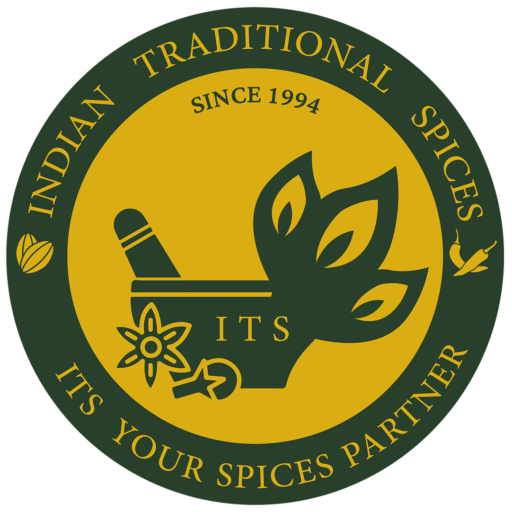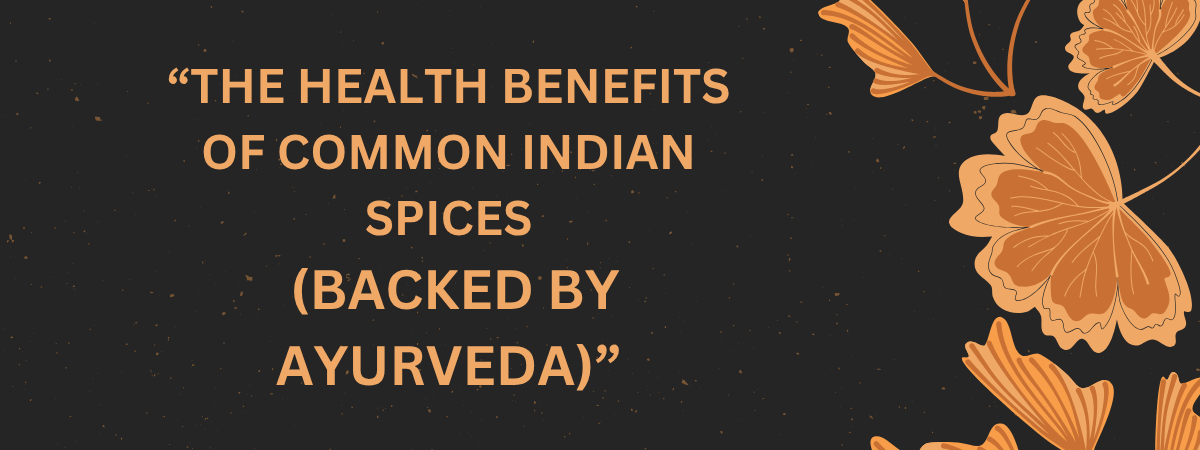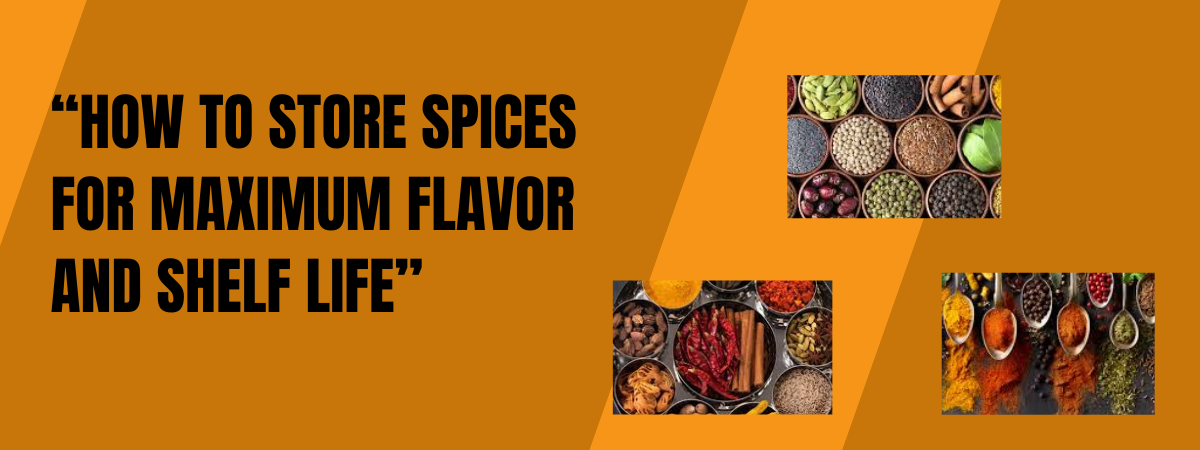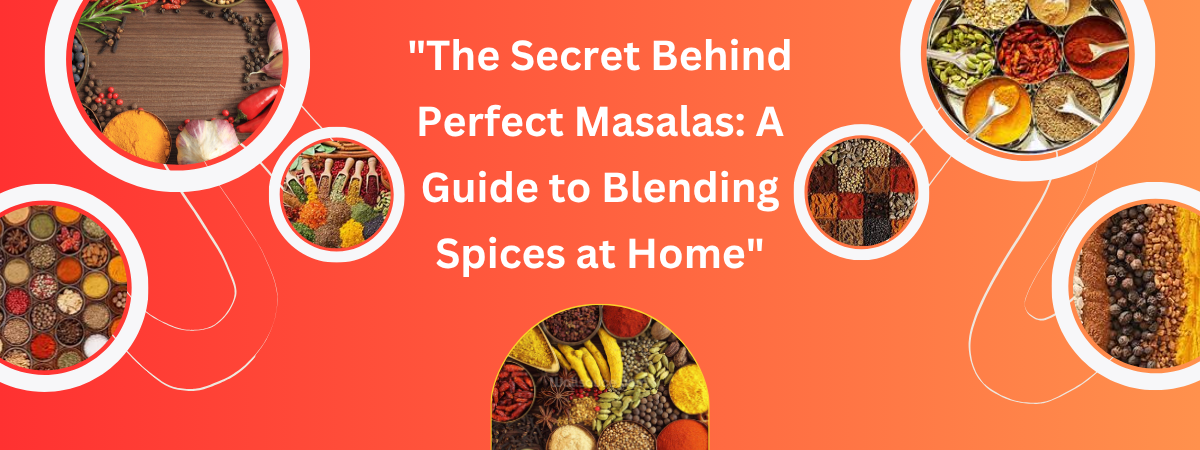Currently Empty: ₹0.00
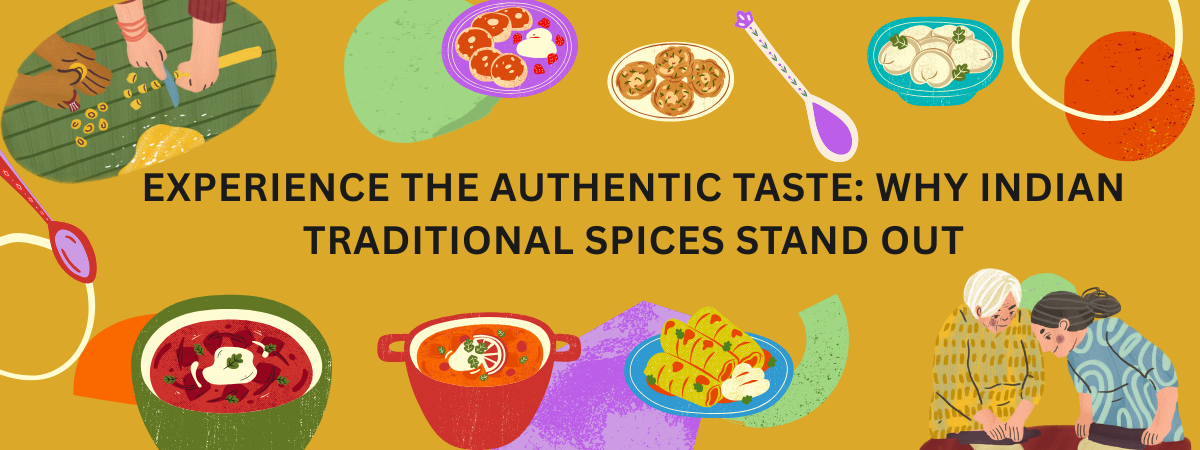
The magic of Indian cuisine lies in its spices. They’re not just flavor enhancers—they’re the soul of every dish, deeply woven into India’s cultural, medicinal, and culinary fabric. Indian traditional spices offer a depth, complexity, and authenticity that set them apart globally. Let’s dive into what makes these spices so special and why they continue to influence kitchens around the world.
1. Centuries of Culinary Wisdom
Indian spices have been used for over 5,000 years—not just for taste, but for health and preservation. Ancient Ayurvedic texts describe their use for treating ailments, balancing doshas, and boosting vitality.
🔎 Example: Turmeric has been used since the Vedic period for both cooking and healing.
2. Complex Flavor Profiles
Indian traditional spices are known for their layered flavors—spicy, earthy, citrusy, sweet, and smoky—often in one dish.
- Coriander adds citrusy freshness
- Cardamom gives a sweet, floral aroma
- Cloves bring pungency and warmth
It’s the art of combining these that creates India’s unforgettable dishes like biryani, masala chai, and butter chicken.
3. Freshly Ground and Hand-Blended
In many Indian households, spices are toasted and ground fresh. This practice enhances aroma and flavor compared to store-bought, pre-ground versions.
🌿 Why it matters: Freshly ground spices have more potent essential oils, creating stronger and more authentic flavors.
4. Health Benefits Rooted in Ayurveda
Indian spices aren’t just delicious—they’re healing.
- Turmeric: Anti-inflammatory and immunity booster
- Cumin: Aids digestion
- Fenugreek: Balances blood sugar
- Black pepper: Enhances nutrient absorption
These spices are often included in daily meals for their natural medicinal qualities.
5. Versatility Across Global Cuisine
From curries and stews to desserts and teas, Indian spices transcend borders.
- Cinnamon and cardamom in cakes and lattes
- Garam masala in Middle Eastern and African dishes
- Chili and turmeric in Southeast Asian cuisine
6. Deep Cultural and Ritual Significance
Spices are more than ingredients—they’re part of festivals, religious rituals, and traditional remedies.
- Haldi (turmeric) ceremony in Indian weddings
- Masala dabba (spice box) passed down through generations
- Spice markets like Khari Baoli in Delhi are cultural landmarks
🎯 Conclusion: More Than Flavor—It’s a Legacy
Indian traditional spices offer a complete sensory and cultural experience. They tell stories of ancient trade routes, Ayurvedic practices, and generations of culinary evolution. Whether you’re making a simple dal or an elaborate curry, these spices invite you to taste not just the dish but the history behind it.
